“The Last of Us” Cinematographer Ksenia Sereda on Shining a Light in the Darkness
The Last of Us, HBO’s thrilling, best-in-class adaptation of Naughty Dog’s critically acclaimed video game, provided 2023’s first certifiable must-watch series. Co-created by the video game’s mastermind, Neil Druckmann, and Chernobyl creator Craig Mazin, the series followed a pair of intrapersonally opposed survivors of a fungi-borne apocalypse as they picked their way across a devastated American landscape crawling with the terrifying permutations of the mindless infected and the almost equally dangerous humans who had, thus far, through means heroic and tyrannical, kept themselves contagion free. Joel (Pedro Pascal) is tasked with shepherding Ellie (Bella Ramsey), a mercurial 14-year-old girl mysteriously immune to the virus, to a band of survivors out west who think they can replicate her immunity population-wide. Things do not go as planned.
The Last Of Us is remarkable not only for the steadily intensifying chills it offers—Clickers, for instance, an iteration of the infected with faces exploded into livid fungal nightmares and who track their pray through echolocation—as well as for its restraint and its focus on character. From a beautiful bottle episode that focused on the decades-long love between two survivors to episode 7’s heartbreaking reveal of the night that made Ellie who she is, The Last of Us had the confidence in its storytelling to patiently explore its characters’ lives, offering the thrills—and many of the iconic sequences—lovers of the game would demand, but offering a rich, often harrowing and ultimately moving story for people new to the story, and perhaps, usually avoidant of the zombie genre entirely.
Cinematographer Ksenia Sereda is a big reason why the first season looked so ravishing and felt so visceral. Sereda was tasked with lensing the pilot, “When You’re Lost in the Darkness,” which sets the table (soon to be barren once the apocalypse begins), episode 2’s “Infected,” which revealed the Clickers, and the abovementioned flashback episode 7, “Left Behind,” which flashes back to the night Ellie was first bitten—twice, in fact—first by love, second by a zombie.
We spoke to Sereda about what it took to capture one of the year’s most satisfying dramas.
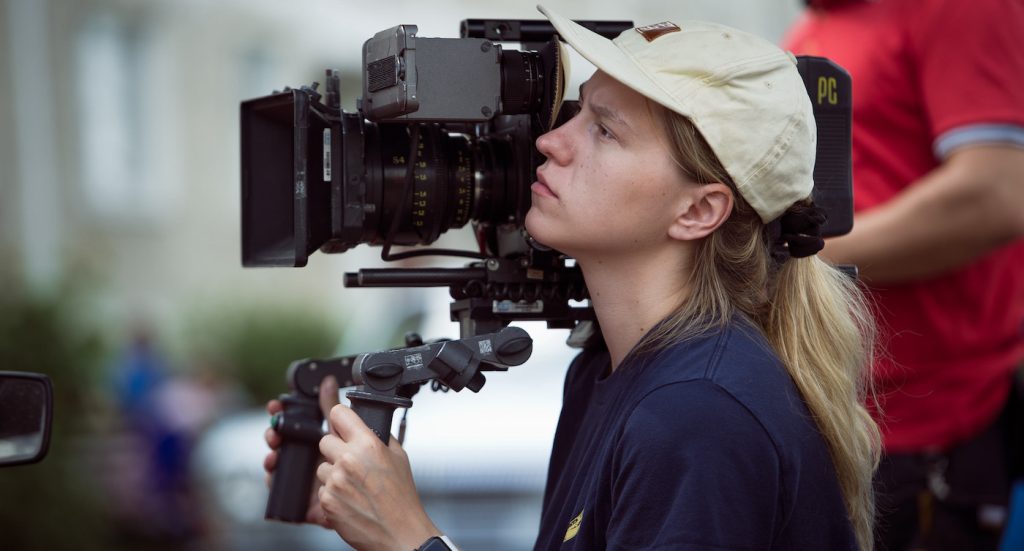
Walk me through your approach to the pilot and setting the table for the entire series.
It’s a lot of responsibility. It’s extra hard because the show is based on the video game, which is extremely successful, mostly because it’s extremely good. The game itself is very strong visually. It’s interesting because, for people who play video games, a big part is the interaction, right? You’ve got the gameplay, but you’ve also got the freedom of making choices. Yet as we know from the history of the film industry, the cinema gives us a lot of very powerful tools to provide an emotional experience. Of course, we had to think about preserving iconic things from the game, but also, for people who didn’t play the game, we needed to reveal this universe. What’s interesting about the game, it’s not only beautiful with unique creatures, it’s very character driven and centered. One of the most important things to build this strong connection to the character and follow their decisions and are very connected to their emotions.
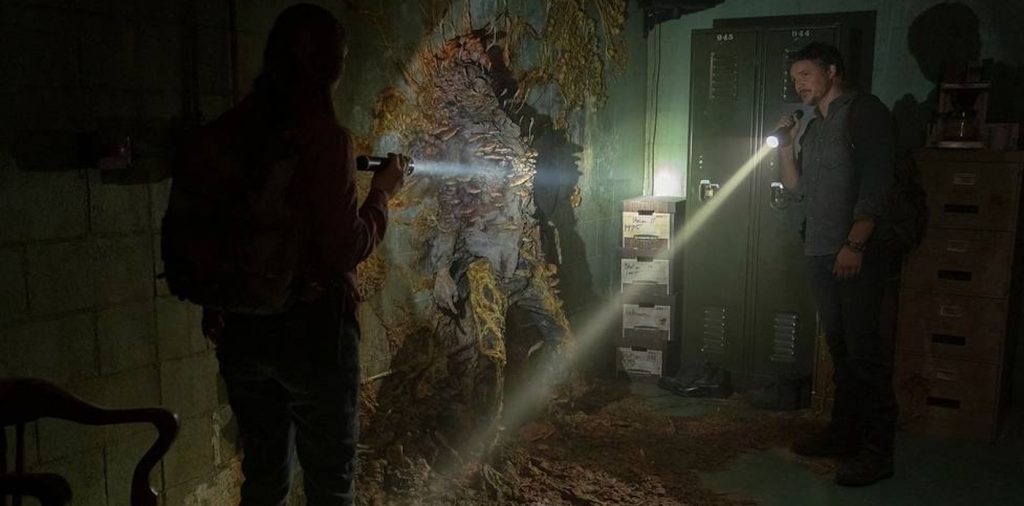
So how did you decide which iconic moments from the game had to be in the series?
Of course, this isn’t decided at a different level from cinematography, as you can imagine [laughs], but there aren’t enough good things I can say about creators Neil Druckmann and Craig Mazin. They were so deeply into this material. They not only loved the game [Druckmann, of course, created it] and were passionate about it, but they built this excitement in the crew to make something very exceptional. They were deeply into every detail, and their guidance was so strong, in a good way. For people who did play the game, they did this incredible work of expanding the universe and the characters and going deeper so you really understand them. From a visual standpoint, what was important to build these connections, we did a lot of one-ers, these longer shots, which provides the viewer the opportunity to connect, in the same amount of time, to what the character is experiencing. We can see something from a character’s perspective as it’s happening on the screen.
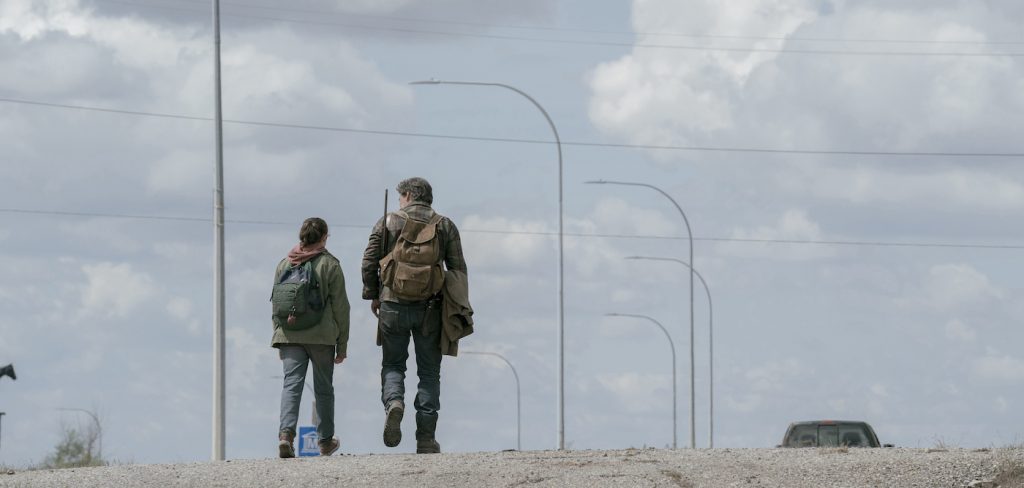
The series is noteworthy for how beautiful it is. Yes, it’s often terrifying or grotesque, but it’s so thoughtfully constructed and paced that it very often is a lush, gorgeous visual experience. How did you pull that off?
Longer shots build the tension, and what’s interesting about them is it sometimes gives us the beauty of observation as well as the suspense, and again, it’s all based on these strong connections it generates to the characters. What was very important for Craig and Neil was the feeling that everything is very real. Hand-held cameras give us the raw, pure feeling that what we’re watching is real and you can trust it. At the same time, and this is true in the game, too, all these creatures, like Clickers, for example, they’re very scary, but they’re also stunning. The color, the texture, the idea of something that cannot see but can hear everything. It’s this balance where terrifying things can also be beautiful, which maybe happens in life sometimes, too. You can get drawn to terrifying things.
One example of this is in the pilot when Joel’s daughter, Sarah (Nico Parker), is in the neighbor’s house just as the wheelchair-bound older woman is in the midst of being infected behind her. The old woman is out of focus, but you can see from her bodily contortions and the blurred but terrifying expression on her face she’s turning.
Even shooting that was pretty creepy [laughs.]
And that was just the actress making that terrifying face?
Yeah. It was a performance.
Episode two reveals the Clickers in that thrilling museum sequence. Can you take me through that?
It was another very exciting sequence to make; for people who didn’t play the game, it’s the first time we see a Clicker, and we need to explain what it means in this world. What’s interesting about the museum is that we go inside and it’s pretty dirty. There are not a lot of places with electricity, which is why in episode seven when we do come across electricity, it presents a whole new opportunity. But in general, mostly there’s no electricity. So a lot of things are lit with flashlights, and that provides not only an opportunity for characters to see something but for us as filmmakers to direct viewers’ attention. We created an atmosphere to have enough darkness to make the flashlights believable, and the tension is built again with longer shots, tracking these characters through these labyrinthine museum cases. Then with sound and editing, you really feel like every noise is important. You can feel the presence of the clicker around you without seeing it, you only see silhouettes. Then, when we do see it, it’s face-to-face, and it’s very tight and very scary.
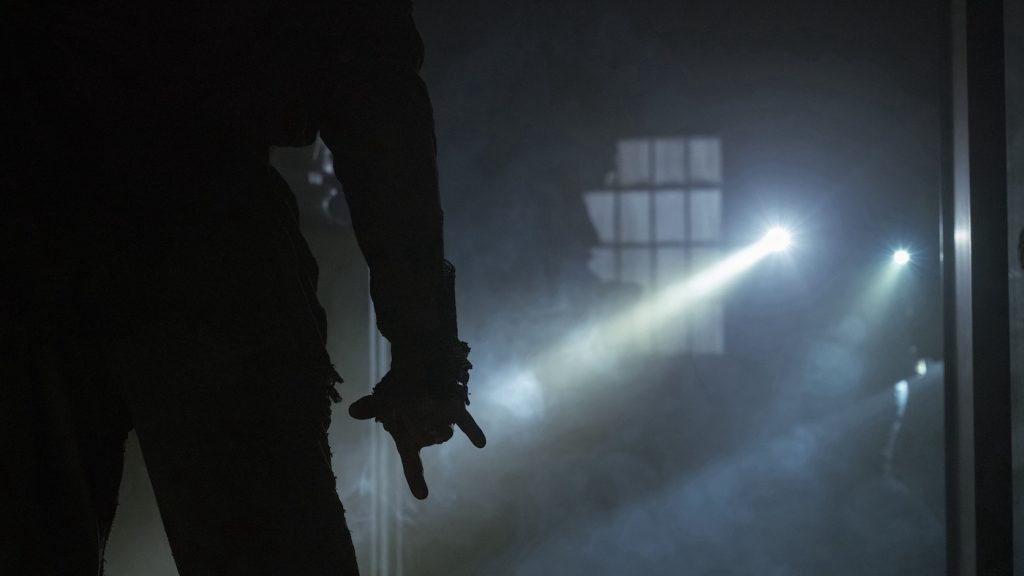
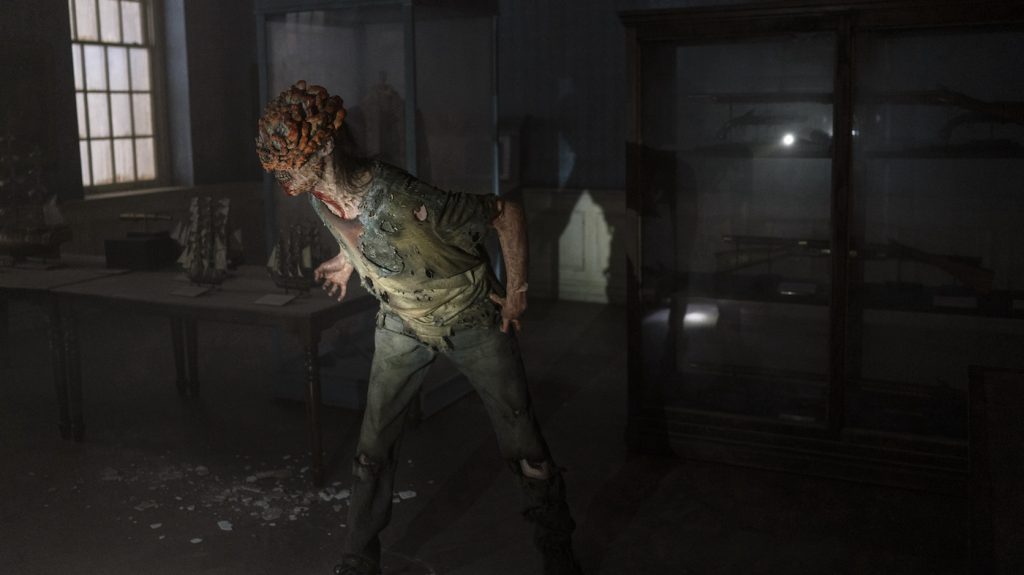
What was your approach to filming episode 7, which gave us Ellie’s poignant, tragic backstory with her friend Riley (Storm Reid) and was set primarily in an abandoned mall?
With that one, it was very exciting in a way that it’s one special night in the girl’s life in which you create this beautiful teenage dream with tools you didn’t use before. We introduced these neon lights and that absolutely stunning merry-go-round and all these dreamy elements which build the fairy tale aspect of the night for Ellie. It’s probably the only real joy she’s ever experienced in her life. And we get to know that this night with Riley is potentially a date or a farewell because Riley’s leaving. It was so exciting to make that because it was something completely different from what we saw before. From the visual side, we wanted to build what was the most full day of her entire life and how tragic it was.
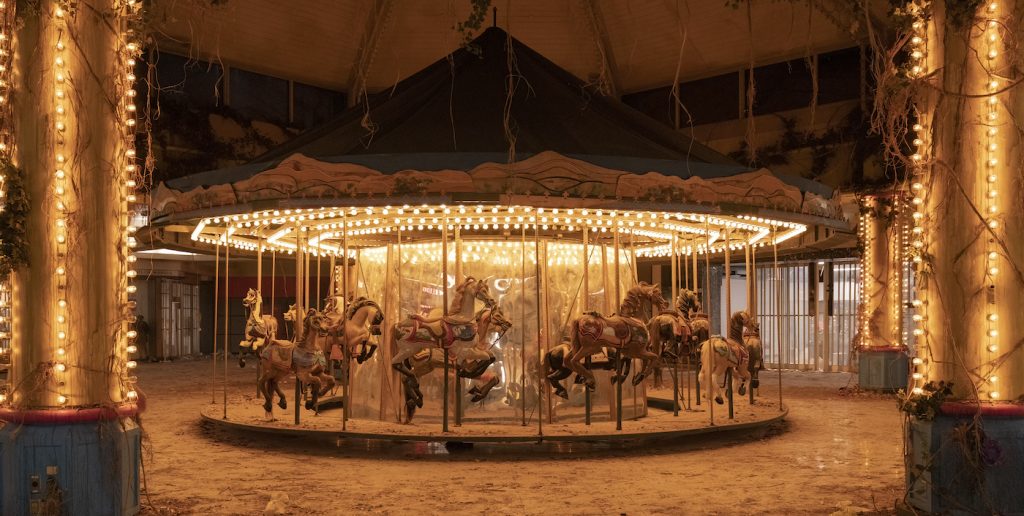
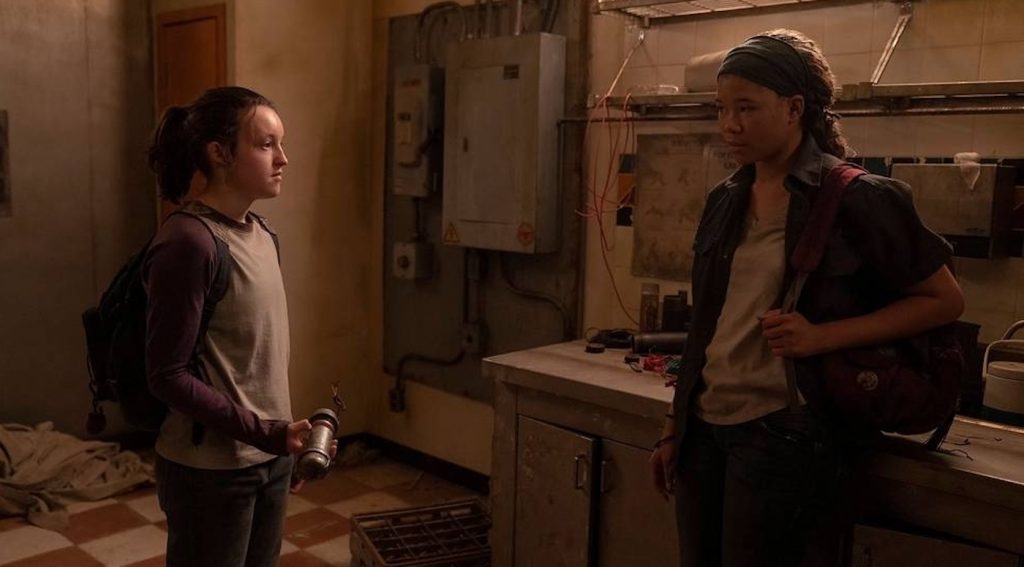
It’s such a heartbreaking episode and crucial, not least of which is because it shows us the origin of Ellie’s immunity.
Yes, it is a very important and iconic moment because we tell the story of how Ellie got bit in the first place and how she gets the knowledge that she’s immune. And working in the mall that was beautifully dressed, everything the production design team did was so amazing. Most of those things were built practically, so you were in a real environment with real props where you can touch almost everything. It gives you a completely different feeling from working with a blue screen.
When you look back on season one, what was your sense of what you guys were creating?
It’s a good question because I think my main thought, I’m always very afraid to think about what happens after because really you never know, but how it felt inside was it was the most incredible experience in my entire career. People were so amazing, the crew was so amazing, and people were so passionate that I really had the feeling that it was the best thing I ever worked on. I spent almost a year on the show, and when you go to work every day and are just happy to be there and see all these people, and then when you come back on Monday and you realize you missed all these people during the weekend, that’s special. It was not only an amazing creative experience but also an amazing human being experience.
What can you tell me about season two?
Nothing. [Laughs.]
Fair!
For more on The Last Of Us, check out these stories:
“The Last of Us” Production Designer John Paino on Building a World in Ruins
“The Last of Us” Cinematographer Eben Bolter on Episode 4 & More
How “The Last Of Us” Episode 3 Departed From The Game in a Beautiful, Heartbreaking Way
Featured image: A “clicker” hears Joel, Ellie, and Tess in episode 2. Photograph by Liane Hentscher/HBO



